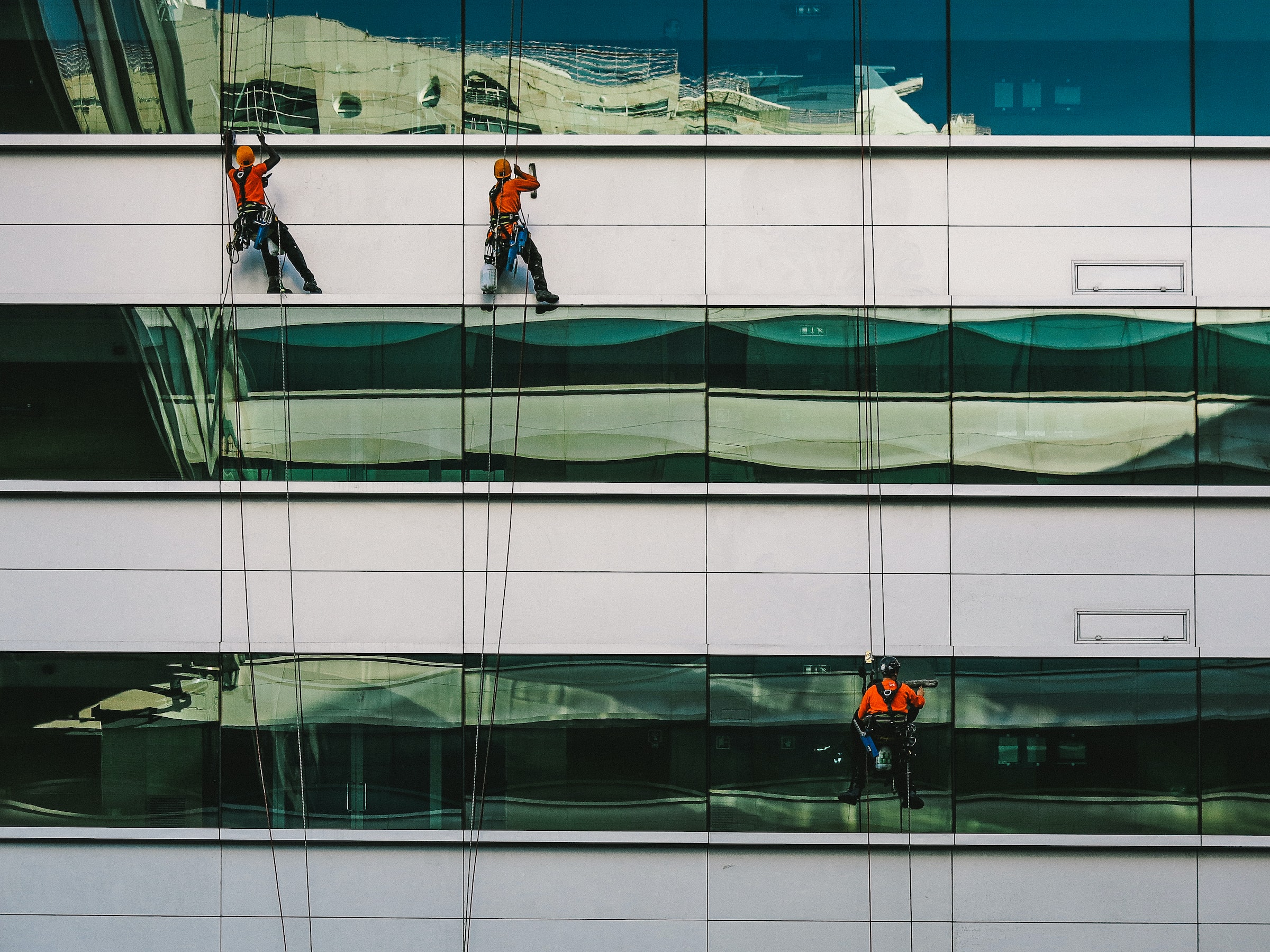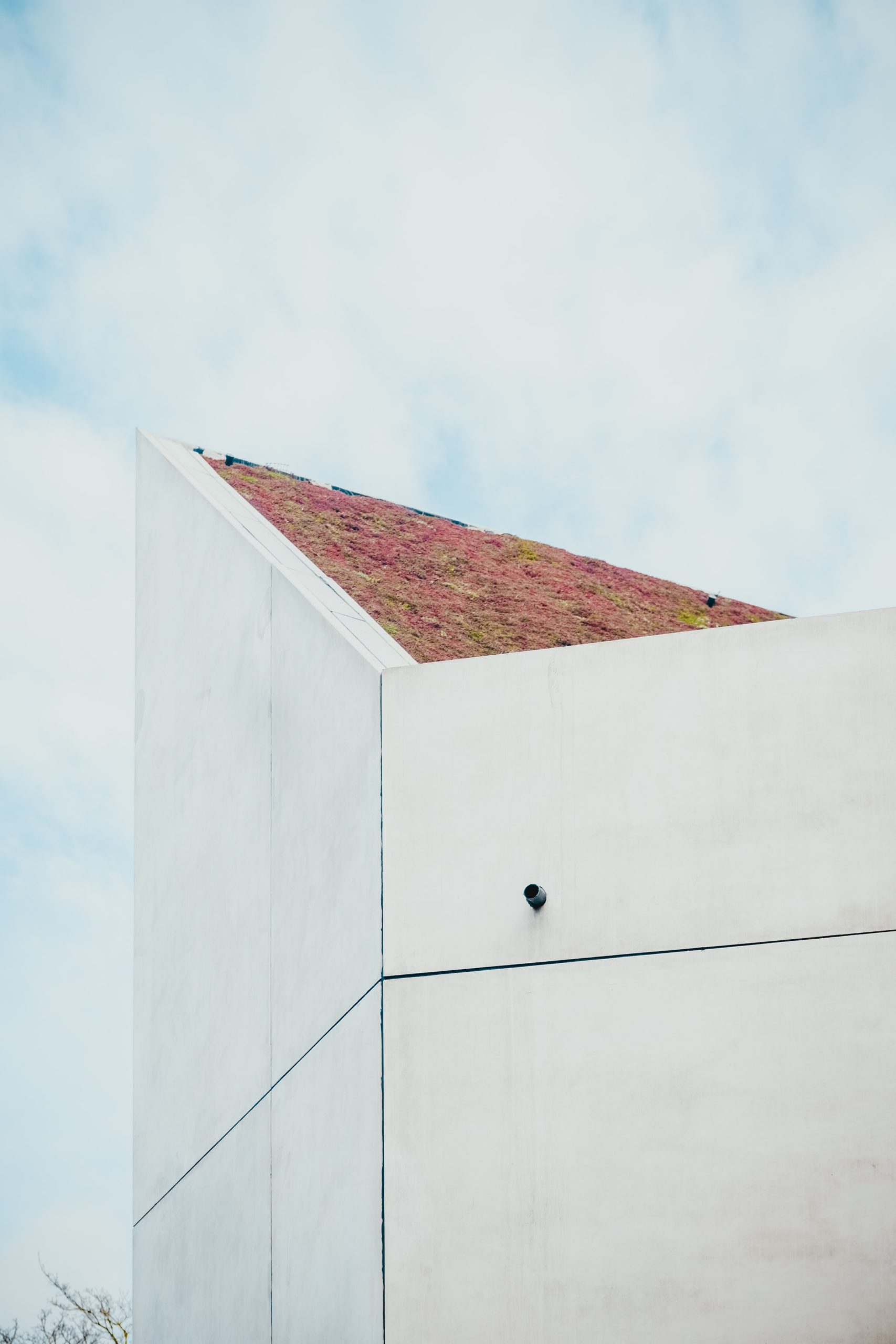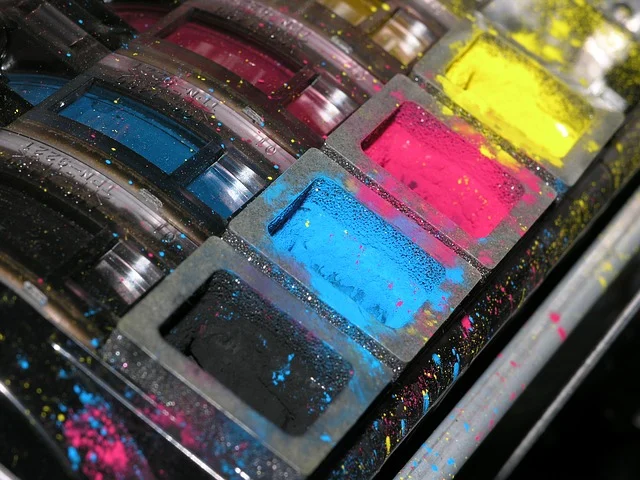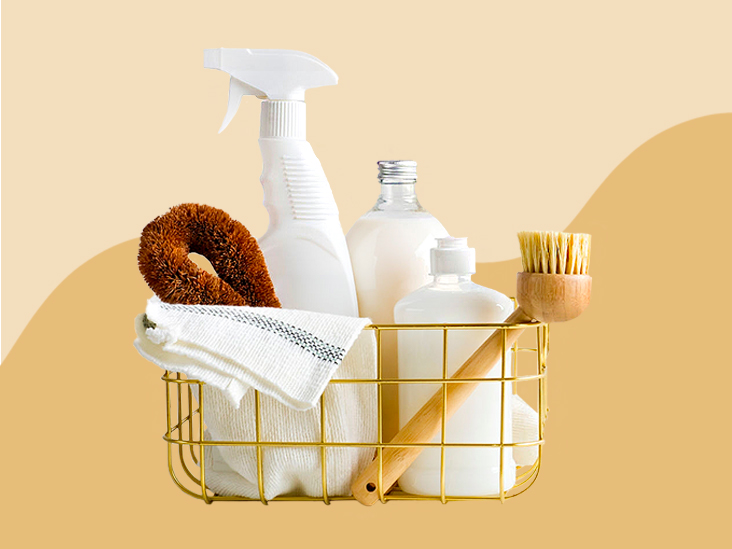Do you want to clean the front of your house efficiently? Black marks, bird droppings, bad weather… Over time, dirt accumulates on your façade. A form of dry cleaning that preserves fragile buildings, peeling is particularly well suited to listed monuments and ornate houses.
When you want to restore or maintain a building, cleaning the facade of the latter is an important step. This operation is to remove the dirt that has settled on the facade over time. There are various techniques for cleaning facades. Among them, we distinguish the peeling. So, without further ado, let’s dive into this blog and learn some of the elements you need to know about this cleaning method.
What is a facade peeling?

The peeling is actually a soft cleaning technique that is done in a dry way. This operation is mainly mechanical and can be performed without any chemical reaction. However, its execution is entirely reserved for façade cleaning specialists. Indeed, it requires the use of specific materials.
As mentioned above, facade workers use this technique for the restoration of the exterior cladding of a building classified as a historical monument. For this type of work, it is preferable to be assisted by a professional in all facade work. This method also requires qualified personnel and a layout calculated to the millimeter.
For the rest, peeling is a practical method to remove dust, traces of urban pollution, bird droppings, etc. It is also used for cleaning decorative objects on walls and fragile and thin surfaces. Moreover, it is totally suitable for walls made of concrete, brick, or stone. It could probably be considered for plaster, moldings, sculptures, or paintings.
How is the facade peeling carried out?

First of all, it is very important to remember that the facade peeling must be done by a professional in restoration. In fact, it is not accessible to a novice in facade cleaning work. This cleaning method requires a lot of accuracy and mastery. Nevertheless, we will see how it is carried out.
To begin, the specialist spreads a rubber-based coating on the wall of the coating to be cleaned. This process is done using a brush or a gun. After that, it will be necessary to allow the product applied the time to act because it will have to absorb all the pollution. Note that this treatment can only be done under an ambient temperature of about 10°C.
In addition, the professional must be equipped with the required protection because ammonia emission will result from this operation. Therefore, he must wear a protective mask, gloves, and suitable clothing. After the product has dried completely, the operator will proceed to extract the product from the support.
When the product is removed, the coating will leave a brown film. However, you should know that the drying time of this product will depend on climatic factors. It can take 12 to 24 hours, sometimes a little more. When this product is used indoors, you can count on about 7 days for the drying time.
All in all, peeling is a gentle facade cleaning method. It does not cause wear and tear on the substrate and does not use any environmentally harmful products. However, this technique cannot be used to clean clogged facades. Peeling cannot also be used to remove graffiti.
It is mainly used to scrub fragile surfaces and walls of buildings listed as historical monuments. Even though it is simple to perform, its execution is reserved for professionals in facade restoration. Finally, note that the facade peeling is a rather expensive operation. Its price varies between 30 € and 50 € per square meter. This amount may also vary depending on the provider.
Sound off in the comments section below, and tell us what you want to read next and if you want to read more about facade cleaning.





